Immersive learning with AI Is Driving Growth
Ensure you maintain a competitive edge with high-performance employees and choose the right use case for you.
HR Managers
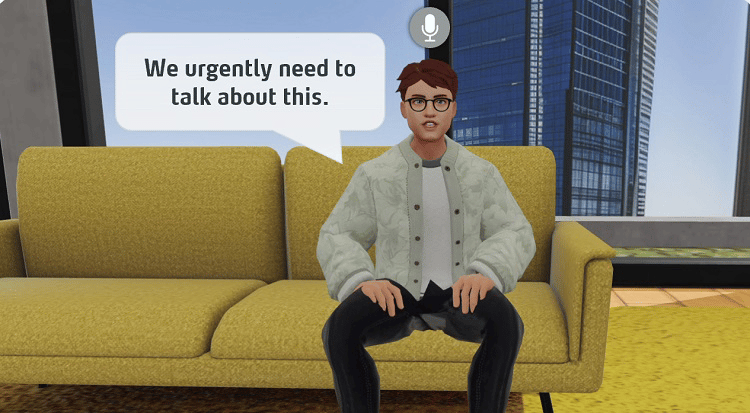
Soft Skill Courses In HR For 36% More Corporate Productivity
Find out how VR and AI-supported training can improve communication in your company and increase employee satisfaction.
Customer Service And Support
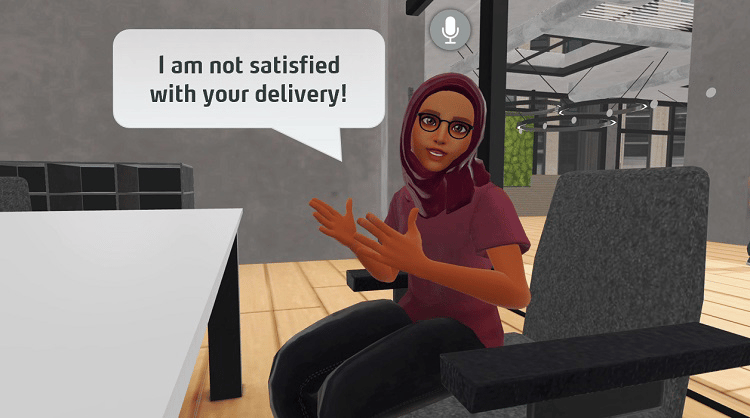
Customer Service Soft Skill Courses For 71% Higher Customer Satisfaction
We offer field-tested virtual customer interactions for more efficient and responsive customer service. Click here to learn more about this innovative solution.
Sales Teams
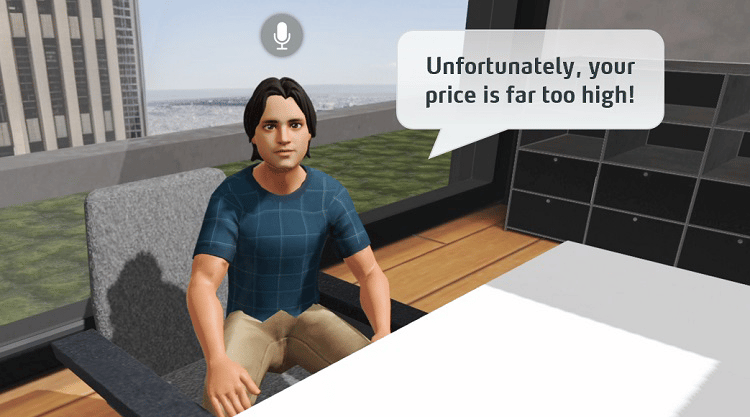
Sales Soft Skill Courses For 114% Higher Sales Performance
Increase your sales team's closing rates by up to 114% using virtual VR experiences.
Laboratory Managers
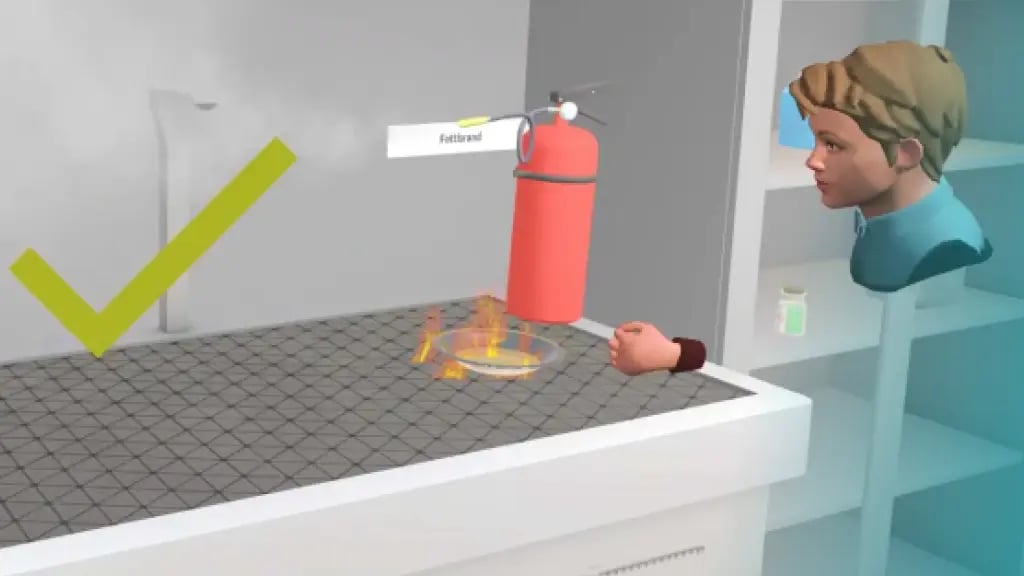
Immersive Lab & Pharma Courses For 70% Fewer Injuries
Reduce injuries by up to 70% thanks to game-based AI.
eLearning Designers
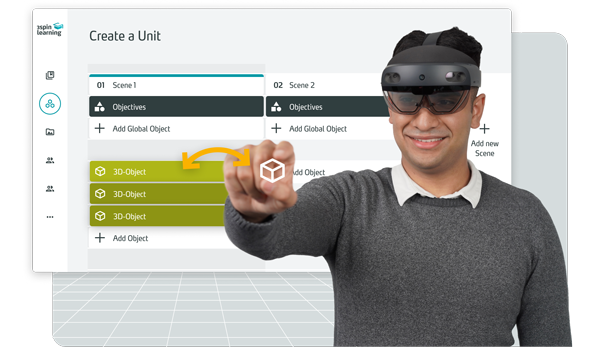
Create Your Own VR Courses
Create your own VR/KI learning content as easily as WBTs without any code.
IT Managers
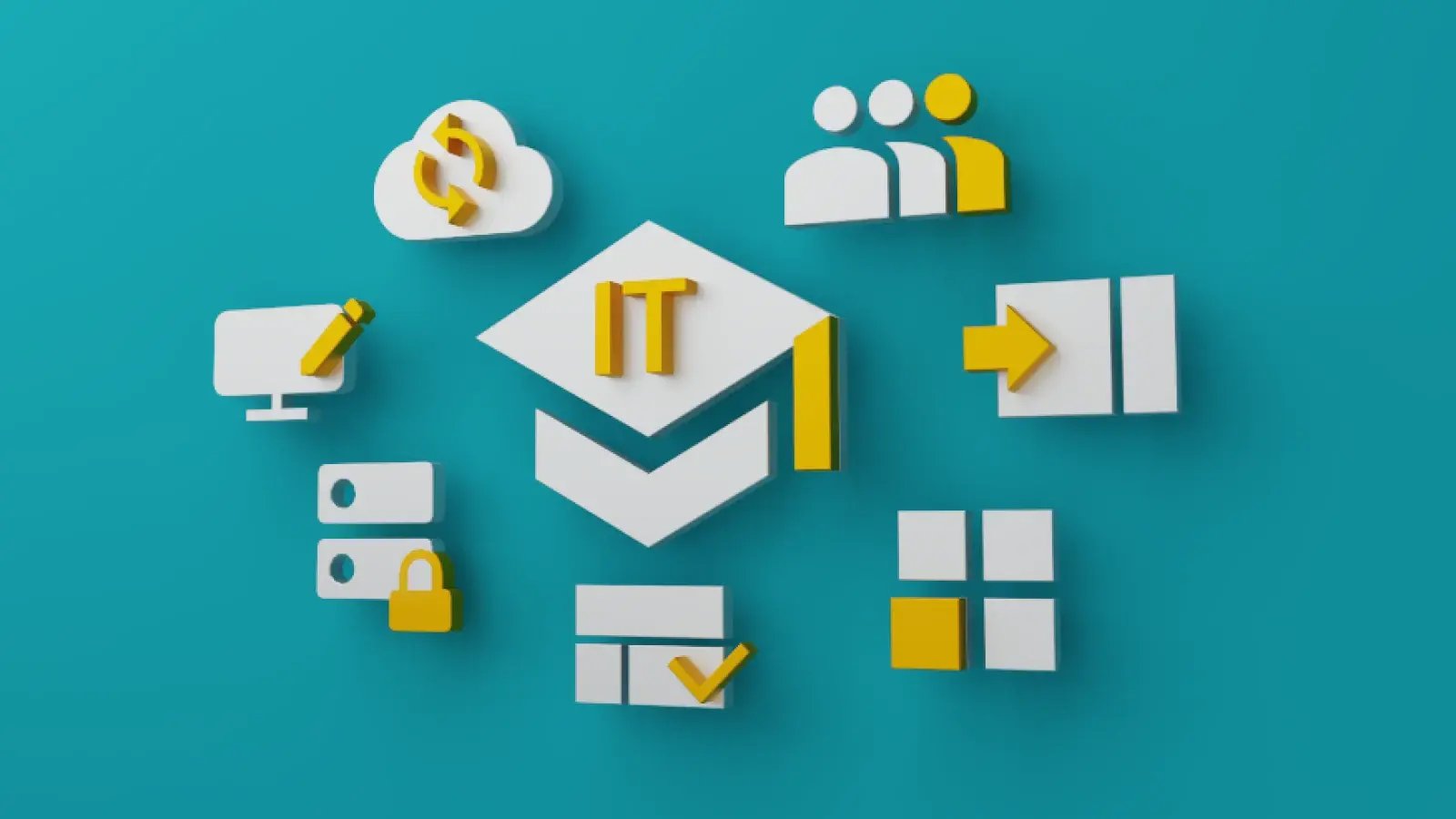
Ensure Efficient Immersive Learning Scaling
Our VR training platform offers a user-friendly and scalable solution specifically designed to minimize IT overhead. With automated processes and seamless integration into existing IT infrastructures, you can quickly and easily deploy immersive learning with VR and AI across your organization
Your Individual Use Case

Would You Like To Have Training Courses Created?
We offer customized training units for maximum learning success.

Soft Skill Courses In HR For 36% More Corporate Productivity
Find out how VR and AI-supported training can improve communication in your company and increase employee satisfaction.

Customer Service Soft Skill Courses For 71% Higher Customer Satisfaction
We offer field-tested virtual customer interactions for more efficient and responsive customer service. Click here to learn more about this innovative solution.

Sales Soft Skill Courses For 114% Higher Sales Performance
Increase your sales team's closing rates by up to 114% using virtual VR experiences.

Immersive Lab & Pharma Courses For 70% Fewer Injuries
Reduce injuries by up to 70% thanks to game-based AI.

Create Your Own VR Courses
Create your own VR/KI learning content as easily as WBTs without any code.

Ensure Efficient Immersive Learning Scaling
Our VR training platform offers a user-friendly and scalable solution specifically designed to minimize IT overhead. With automated processes and seamless integration into existing IT infrastructures, you can quickly and easily deploy immersive learning with VR and AI across your organization

Would You Like To Have Training Courses Created?
We offer customized training units for maximum learning success.
Try Immersive AI Training Now

"Virtual and Augmented Reality will change the way we learn forever."
Thomas Hoger
Co-founder, 3spin Learning


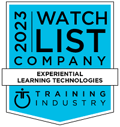




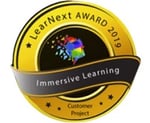

More Expertise For Decision-makers
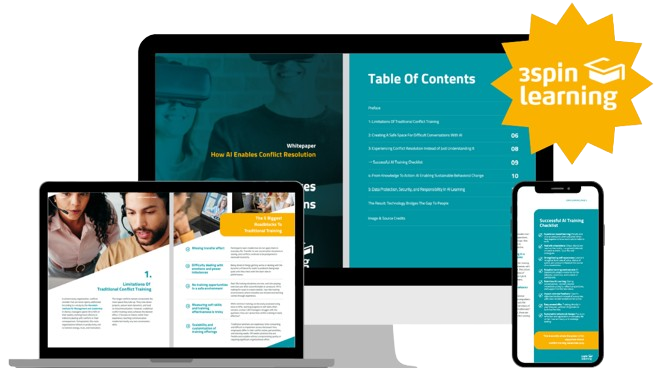
How AI Creates A Safe Space For Difficult Conversations
Discover how AI provides a more human, and sustainable approach to conflict resolution.

AI Communication Training For More Powerful Speaking & Leadership
Discover in the white paper how AI makes human learning and communication more effective.

Providing Confident Feedback in Challenging Moments With AI
We show you how AI simulations empower employees to provide feedback.
Talk To Us.
Find out more about our free immersive course offer now.
Product insights
A specific assessment of your particular requirements
Hands-on industry-specific case studies